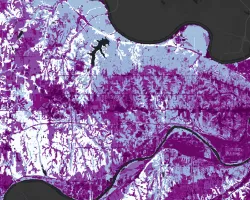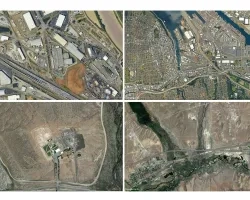Floods and associated rainfall-driven landslides account for the largest number of natural disasters and affect more people than any other types of natural disasters around the world. U.S. and international agencies and non-governmental organizations require accurate quantitative information about the occurrence (and near-term risk) of floods and landslides on a global basis in order to understand the human impact and plan mitigation activities. The proposers have recently developed a Global Hazard System (GHS) for floods and landslides which uses satellite observations and models to better understand, monitor and forecast these type of occurrences. The GHS utilizes the TRMM Multi-satellite Precipitation Analysis (TMPA) which combines information from ten satellites, all calibrated by rain estimates from the Tropical Rainfall Measuring Mission (TRMM). The GHS also uses remotely sensed land surface information (e.g., elevation from the Shuttle Radar Terrain Mission [SRTM], vegetation from MODIS) to establish the surface conditions critical for flood/landslide natural hazard occurrence. The remote sensing data are input into hydrological models, which provide quantitative estimates and forecasts of the hazardous events¿on a global basis. The primary goal of this proposal is to adapt, improve and transfer the GHS for use by the Agency for International Development (USAID) in their DSS supporting disaster management, response, and mitigation activities around the globe. The result will be much improved global information on floods and landslides and their impact on people and property, and improved disaster response by USAID and other organizations. Regional applications will also be a focus, with evaluations of GHS information in Africa, Central America, and Bangladesh in order to assist in capacity building in these regions. Letters of support from the World Meteorological Organization (WMO) Hydrology and Water Resources Department and the International Consortium on Landslides (ICL) attest to the value of this important effort.


